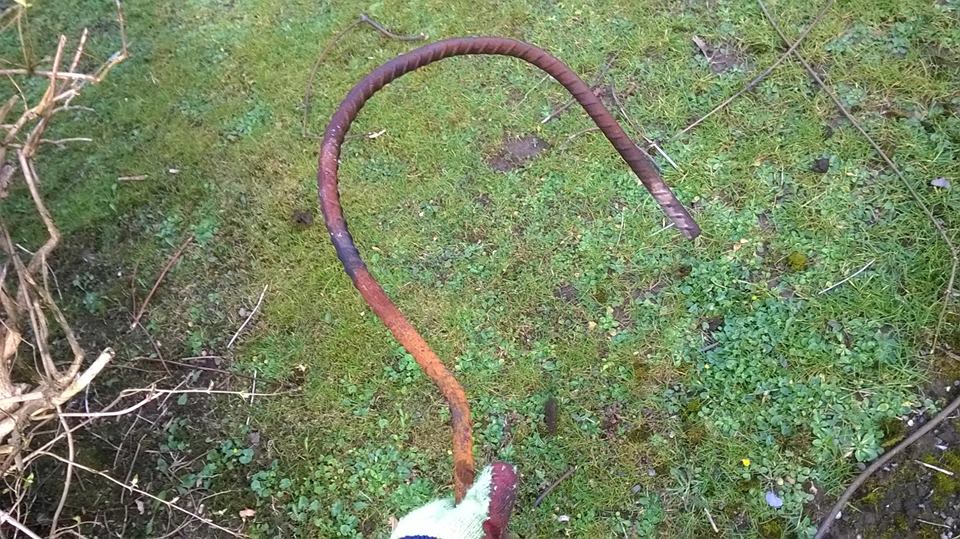When a power tool won't power up there are various causes of
failure. but troubleshooting should be done in a methodical order, the main
thing though is to check the obvious first!
Equipment Needed:
Some screwdrivers, flat and Phillips head
Continuity meter or multimeter to trace continuity from the plug to the motor.
A non-contact voltage detector (optional). These devices glow when the tip is held close to a live cable
Important !!!
Remember to avoid shock, disconnect the tool from the
mains supply before troubleshooting!!!Troubleshooting:
● It may be obvious but ensure the socket outlet isn't faulty, try the tool in another outlet to see if it works.
● Check whether the overload circuit breaker if fitted on the tool has activated. This happens e.g. on a table saw when the motor is stalled. To reset you need to press a button. The breaker may need a couple of minutes to cool down before resetting
● If plug is rewireable check for loose screws at plug pin terminals, loose fuses etc.
● A common cause of failure especially with drills and other hand held tools is one or more broken wires in the power flex caused by metal fatigue in the cable (like when you break a paper clip by bending it backwards and forwards) , this usually happens where the cord leaves the plug or where the cord enters the tool. If you have a non-contact voltage detector, you can use it to trace the break from the plug to the tool. Plug in the tool and hold the tip of the detector at the plug, it will glow here but as it is moved down along the flex it will stop glowing after the break (If the break is in the live core of the cable)
● Sometimes it is possible to detect where a break is in a flex by stretching it, the flex will narrow in the region of the break
● If you still can't trace the fault, unplug the tool. Open it. Check the continuity from each pin of the plug to the switch in the tool.
● A faulty on / off switch can prevent the tool from working. Use the continuity tester to check this
● Loose spade terminals on switches may cause intermittent operation
● Tools with green and red start and stop buttons may have a faulty relay
● The brushes in the motor may have worn down
● The armature or field coils of motor may have gone open circuit. The field coils can be checked with the continuity meter











































